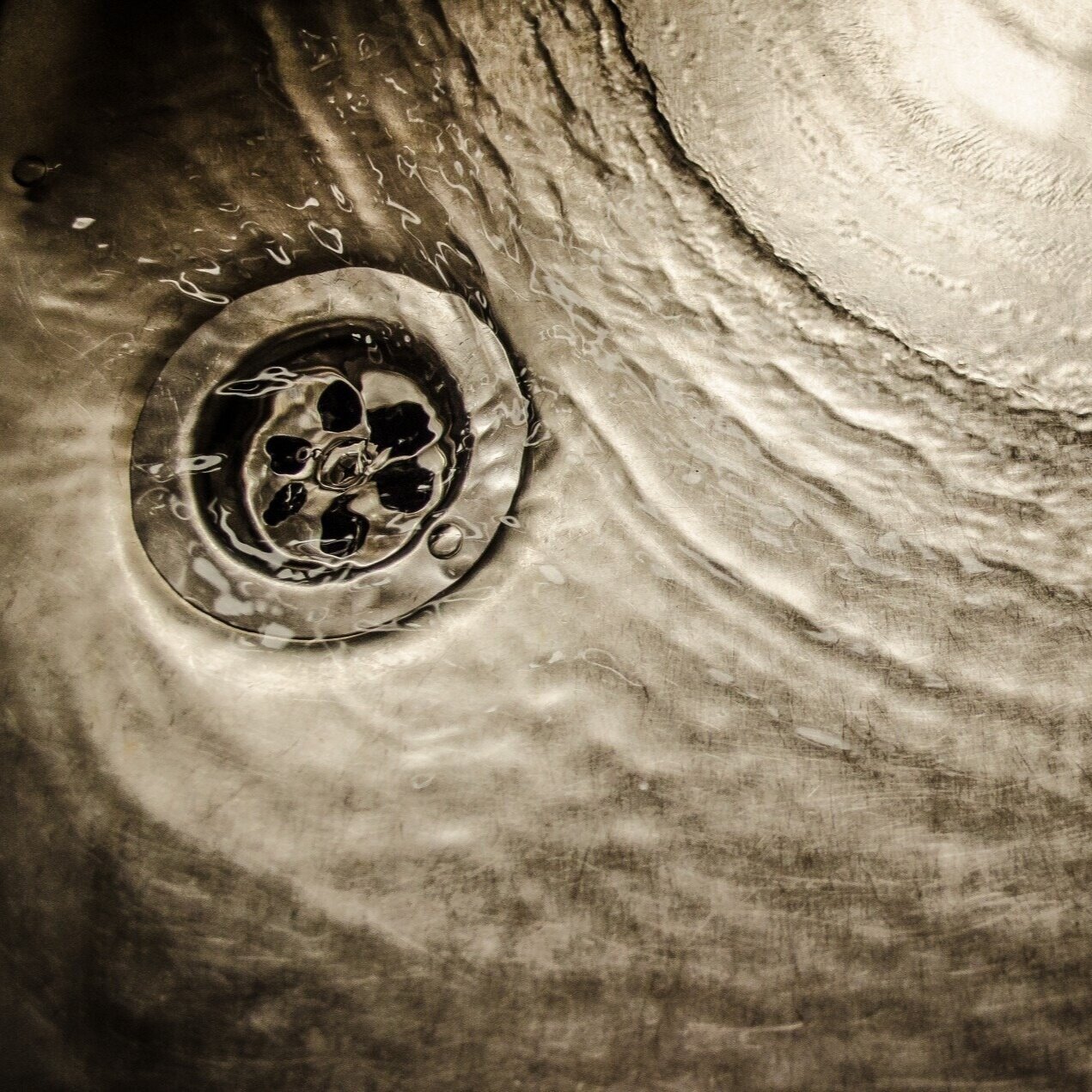Tips to Unclog a Sink
It’s a sight everyone dreads: the slow, perhaps indiscernible movement of water down a drain that previously dispatched water with a rush. A slow drain means there is a plumbing issue, and someone needs to fix it.
Could that someone be you?
Maybe you’re an old hand do-it-yourselfer, but perhaps this is a new practice for you. Either way, we’re here to give you some tips on how to fix a slow drain on your own. Sit back and read about some ways to unclog a drain.
Hot water
Soap scum, grease, hair, shaving cream, lotion, and other products can cause a gunky buildup that clings to pipes and can slow drains. While it seems like an easy fix to grab the chemical drain cleaning product, commercial drain cleaners are caustic and can damage pipes. But, here’s another method:
Grab the Dawn (or another degreasing soap), and add a generous dollop down the slow sink. Then, pour a kettle of hot water on top of that. It may take two, three, or four hot water flushes before the drain runs clear again. Some of our customers use this tactic periodically to keep their pipes running clear because the combination of dish soap and hot water softens the soap and other products inside the pipe.
Caution: Boiling water is hazardous when mishandled. Never try this if there are children or pets in the room or if there are items you might trip and fall on.
Carbonated soda
Carbonated soda, which has a good amount of phosphoric acid, has also been used successfully to clear drains. Pour an entire room temperature, two-liter bottle down the drain, and wait about an hour. Then flush the drain with plenty of hot water. The acid in the soda dissolves grease.
The volcano
Remember the volcano experiment from sixth grade? This drain cleaning method is based on the same principle: a cup of baking soda and a cup or cup and a half of vinegar react violently, causing pressure that might dislodge the clog.
Here is a guy who uses the foam and boiling water method. Notice how he adds the baking soda first and follows the vinegar with boiling water. If your sink has standing water, it will dilute the baking soda and vinegar, so either bail it out or wait until the water goes down before attempting this.
Plunging
Plunging is easier if you understand the difference between plungers: a flange style plunger is for a toilet only, and a regular plunger is for a sink or tub. Do not use your flange plumber on a sink. The sink needs to have quite a lot of water in it, as a plunger uses the water as a force of pressure to dislodge the clog. Also, if your sink has an overflow hole, plug that with your thumb or seal it with a rag enclosed in a plastic bag. If you don’t, the power of your plunge will be reduced because that overflow causes a break in the suction.
Snaking
If you have a snake and are familiar with how to use it, it can get a little further with a little more force than the other methods mentioned. If you use your snake and it doesn’t solve the clog, no one can say you didn’t give it your very best effort, and it’s time to call a pro. It could well be damage to the main drain line or a tree root issue.
A Zip-It type tool, which is a flexible plastic tool with teeth for grabbing hair, can also be used as a mini snake and is often enough to solve the problem. It also can act as a preventative maintenance tool for those who have long hair and know some of it is clogging the drain.
911 Heating, Cooling & Plumbing provides quality residential plumbing, commercial plumbing, sink drains and sewers, slab leak detection and repair, and water heater repair and replacement services to Phoenix, AZ, residents at affordable prices. Contact us at 602-795-2900 for all your plumbing needs.

